There are probably as many types of potting soil options as there are indoor plants to put in a pot, and choosing can be a daunting task.
In this article, I’m going to discuss the best potting soil for indoor plants. I’ll cover some specific types of plants, as well as more general potting mixes, and take a look at what makes a good potting soil.
Best General Potting Soil Mix for Indoor Plants
The Miracle-Gro Indoor Potting Mix is a great all-purpose soil for most houseplants. It doesn’t contain any bark or compost, so there is less chance of finding any gnats or contaminants in the mix.
It contains coconut coir, which is both good for moisture retention and excess water drainage. It also has additives that will feed the plant for up to six months without the need for extra fertilizer.
You can use this soil for potting new plants as well as re-potting old ones. While it doesn’t state it contains chemical fertilizers, it is from Miracle-Gro and the bag does not state it is organic.
See further down the list for my choice of the best general organic potting mix.
Best Potting Soil Mix for Cacti and Succulents
The Bonsai Jack Succulent and Cactus Soil mix of clay pellets and pine bark is the perfect fast draining mix for succulents.
It contains no additives, so you may want to fertilize them occasionally with a diluted low-nitrogen water-soluble fertilizer.
You can also mix in some peat moss or coconut coir if you feel that your plants aren’t able to get enough moisture due to this mix’s water-holding capacity.
Best Potting Soil Mix for Orchids
This All Natural Orchid Potting Mix by Perfect Plants is perfect for giving orchid roots the drainage and aeration that they need.
Made from a blend of charcoal, sponge rock, pine bark, and coconut chips, it creates the perfect environment for the orchid roots to grow. These fast-draining mixes don’t have a lot of nutrients in them, so you will need to give them some diluted liquid fertilizer every now and again.
Use a formula that is high in potassium when your orchids are flowering, and one that is nitrogen-rich to encourage growth after the flowers fall off.
Best Potting Soil Mix for Monsteras and Fiddle Leaf Figs
Fiddle leaf figs and monsteras like soil that is pretty dry, they need good draining and only need watering about twice a month.
The Fiddle Leaf Fig Soil by Perfect Plants mix is made from coconut coir, pine bark, perlite and sand for a well draining mix that also has good water retention.
It is enhanced with fiddle leaf fig food to encourage foliage growth, so there is no need for extra fertilizer.
Best Potting Soil Mix for Flowers
As flowers need more nutrients, this Organic Harvest Potting Mix Soil contains plenty of organic ingredients for healthy growth.
Its organic materials contains composted green materials for fertilizer, as well as wood shavings, perlite, and peat moss for aeration, drainage and water retention.
This soil is also a good general purpose soil, and can be used for vegetables.
Best Potting Soil Mix for Tomatoes
As tomatoes are heavy feeders, you need a soil that has natural nutrients. The Organic Potting Mix by Perfect Plants offers all that and more.
This soil contains worm castings, which are naturally high in nutrients, and mycorrhizae, which is a plant-healthy fungus that protects the root system.
Mycorrhizae is naturally occurring and helps root establishment, it also enhances nutrition levels in the soil so reduces the need for fertilizers.
This soil blend mix is a good all-rounder, and can be used with various plant types like flowering plants, fruits, and vegetables.
- Related article: Best Potting Soil for Vegetables
Best Potting Soil Mix for African Violets
African Violets need a loose soil that is porous, well draining and slightly acidic. The Espoma Organic African Violet Potting Mix fits that bill as a premium potting soil.
This airy soil contains sphagnum peat moss, peat humus, perlite, and dolomite limestone to adjust the pH.
As the ingredients are mainly for aeration, drainage and moisture retention, it is recommended that you use a diluted liquid fertilizer like this Espoma Organic Violet Plant Food a couple of times a month.
Best Organic Potting Soil Mix
The Burpee Premium Organic Potting Mix soil is enriched with organic plant food to keep your plants healthy and eliminates the need for additional fertilizer.
It is made up of coconut coir and perlite for moisture retention, aeration and drainage, with compost and organic fertilizer for nutrients.
If you want to use this for a wider range of plants – including plants that require fast draining soil – you could add extra perlite, sand, bark chips, clay pellets, pumice or volcanic rock to create your own mix.
How to Choose Potting Soil Mix
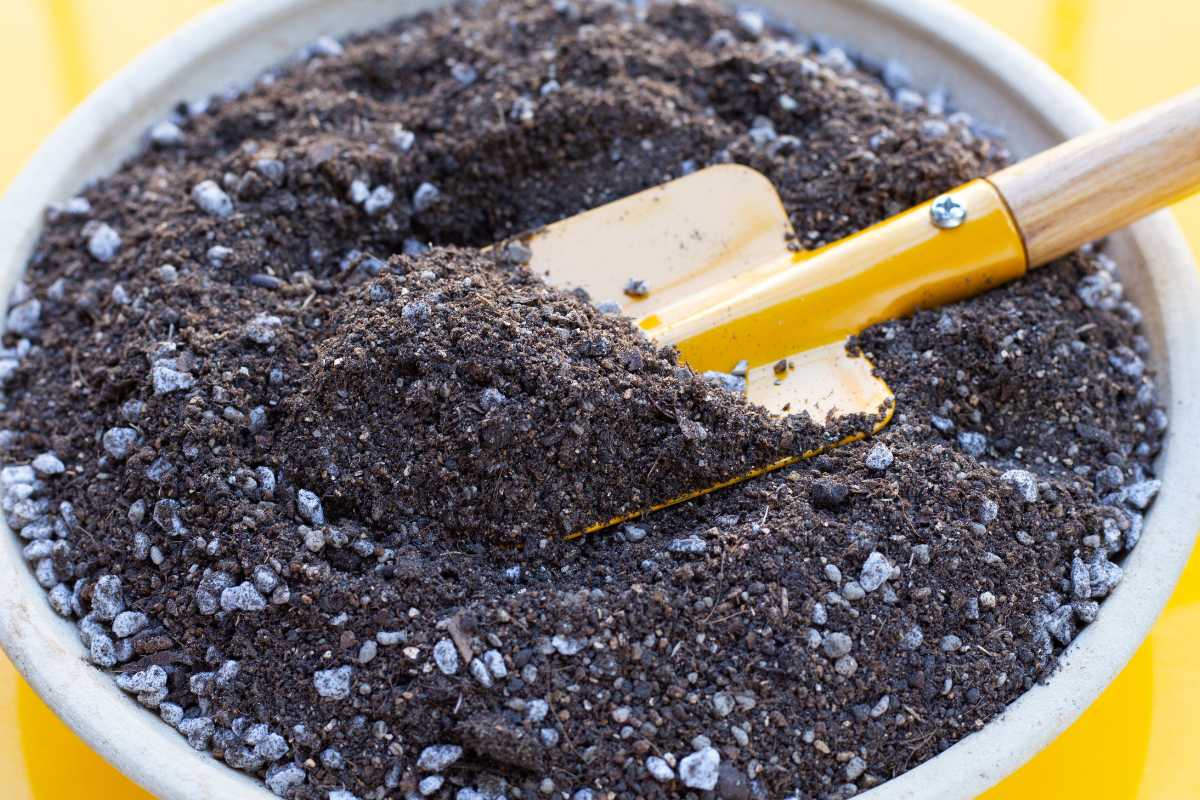
When choosing a potting mix, you should take into account the needs and requirements of your plants.
If you have a large variety of plants, but you don’t want to buy all types of soil, I recommend you go for a general purpose soil. Then add soil amendments to optimize it for different varieties of plants.
What Types of Plants Do You Have?
Different types of plants can have radically different needs. If you’re not sure about what your plants need, think about its natural environment.
Is it usually found in the rainforest or the dessert? Does it come from a hot and humid country or a cold and dry one?
Usually, when people grow houseplants, they tend to stick to one variety that they like, but growing plants indoors allows us to grow varieties that would not normally grow in the same environment.
If you do grow plants from differing ecosystems, then you won’t be able to use the same soil, fertilizer, or watering regime on all of your plants. For example, outdoor soil and indoor potting soil are different.
Do your research and cater to your plants’ needs. Plants can be fussy creatures and they will let you know if they are not happy!
What Makes Potting Soil Good or Bad?
Whether a certain type of potting soil is good for you depends on your needs. Whether you need a lighter soil, organic matter, nutrients, earthworm castings, or just regular potting soil, you can probably find it.
Generally, you want a light and fluffy soil that does not smell bad and doesn’t contain any insect eggs or unwanted seeds and spores.
Buying soil from a local store can be beneficial as they may let you open up the bag and take a look. Plus, if you find any unwanted critters or sprouting plants, then you can return the bag more easily!
A lot of soil that is sold is sterilized, but one gnat can lay up to thirty eggs a day and fungus spores can survive for weeks while floating through the air. Contamination is quite easy and very hard to spot until it is too late!
Soil Structure
Drainage and water retention are the most important aspects to consider when growing plants in pots and containers.
Having such a smaller area of soil means the plants cannot send roots deep into the ground if the soil drains too quickly. The roots can sit in water and rot if drainage is not adequate.
Plant roots also need air, and they need to be able to create space form. For this reason, you need loose, and not easily compacted, soil.
Aeration and Drainage Materials
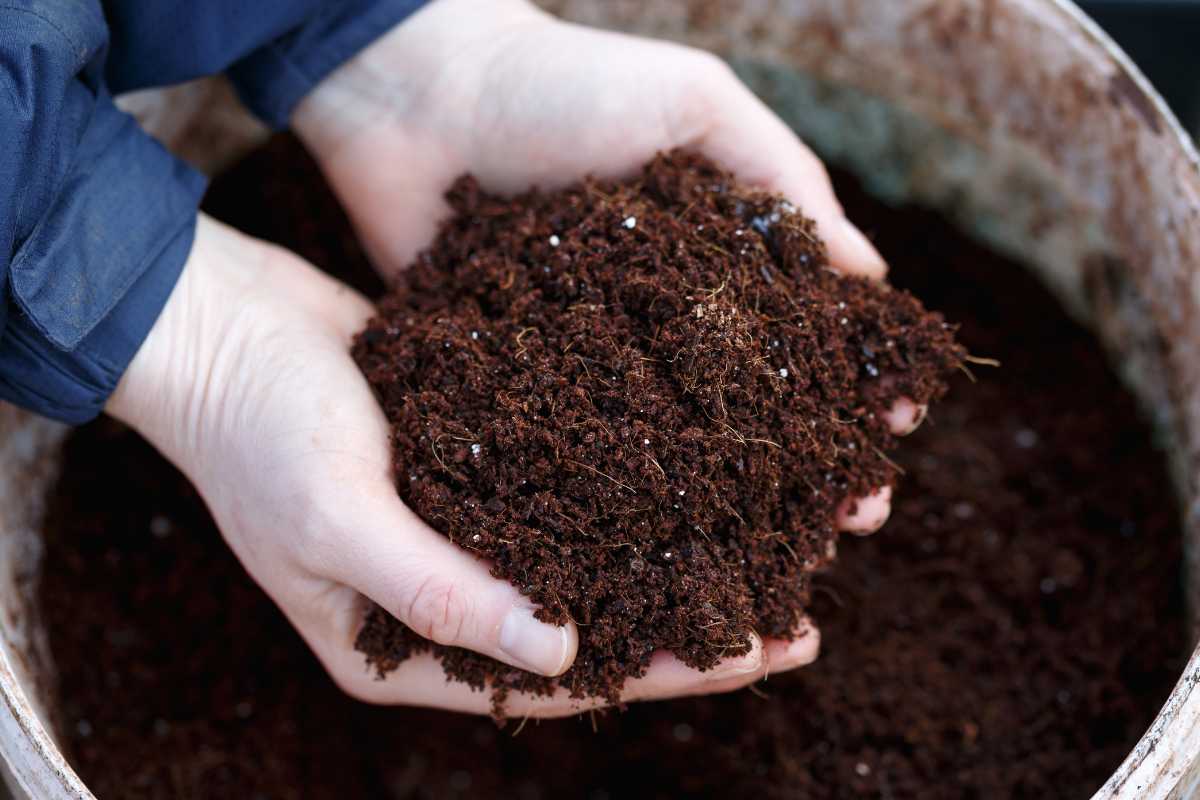
Additives like coco coir, peat moss, bark chips, perlite and clay pellets will all aid aeration and drainage while retaining moisture.
A good rule of thumb is that if you press your fingers into the soil, and they are slightly wet, then you do not need to water your plants. Only add water if your fingers come away dry.
Of course, this is different for succulents and other plants that like fast draining soil. A good method of watering to use with pot plants is called bottom watering.
This is when you sit the bottom of the pot in a dish or bowl and add water to the dish, rather than adding water to the soil. The soil in the pot will absorb the water through the pot’s drainage holes and take it up to all parts of the root.
Watering your houseplants this way encourages healthy roots, as the roots grow down toward the source of the water.
Bottom watering can also eliminate leaf discoloration in plants like African Violets as you will not get water on the leaves. I recommend you use terracotta pots if you use this watering method as they will also absorb the water and distribute it throughout the soil.
Nutrients and Fertility Amendments
The NPK rating that comes with most soils and fertilizers refers to the amount of nitrogen, phosphorus, and potassium within the product.
You want a balance of all of these elements, but some plants require more of one or another at various times during their growth cycle.
Most soil amendments for potting soil will help with the soil structure and composition, but will not add any nutrients.
To add nutrients, I’ve listed 10 soil amendments that can help you add nutrients to your potted plants.
1. Compost

Compost helps to add a variety of nutrients to your soil. A well-balanced compost will look like rich soil and have an earthy smell.
You might consider using compost when repotting your plants, or mixing compost into your potting soil. Alternatively, you could make some compost tea and add a bit to your plant’s water.
Compost is a good way of giving your plants a general nutrient boost, but if your plant’s needs are more specific, you should use a fertilizer that meets those requirements.
2. Worm Castings
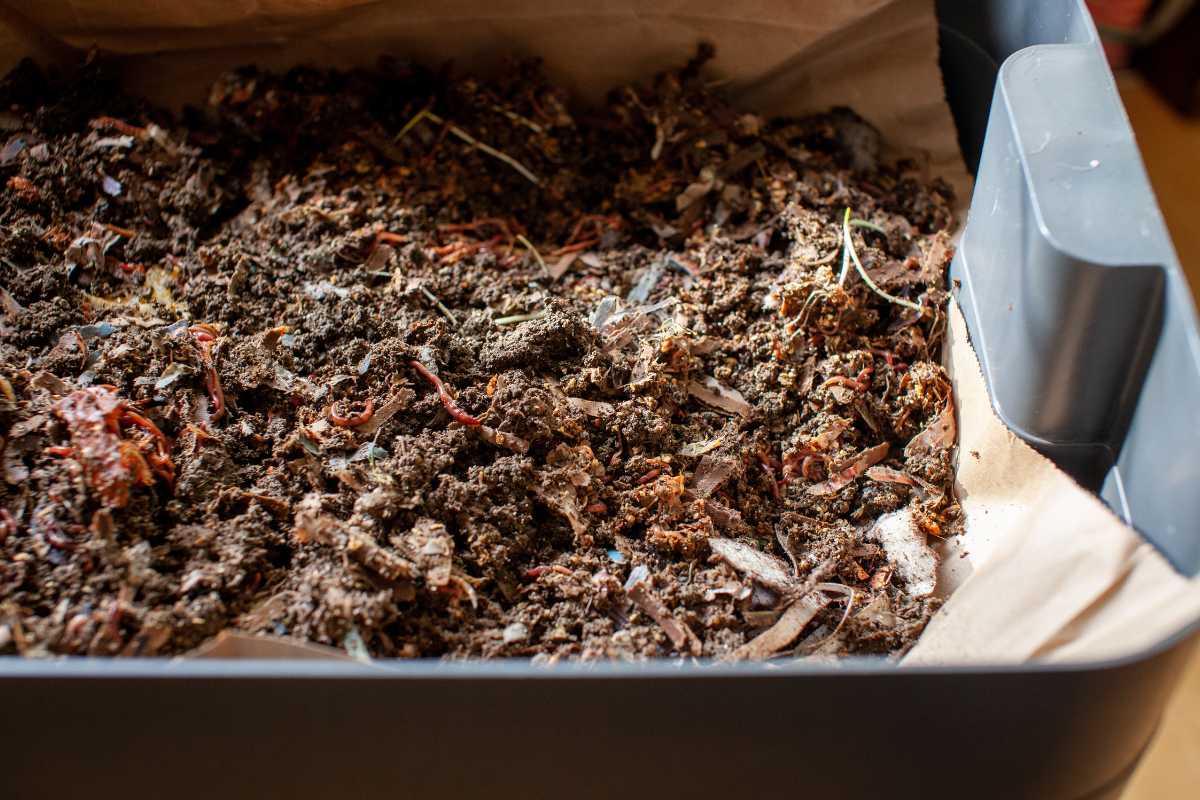
Worm castings are another good all-purpose fertilizer. They are rich in iron, sulfur, calcium, nitrogen, phosphorus and potassium.
They are richer in nutrients than compost, but won’t improve the condition or structure of your soil like compost can.
You can add worm castings to your potting mix, or sprinkle a couple of tablespoons on to the soil.
3. Leaf Mold
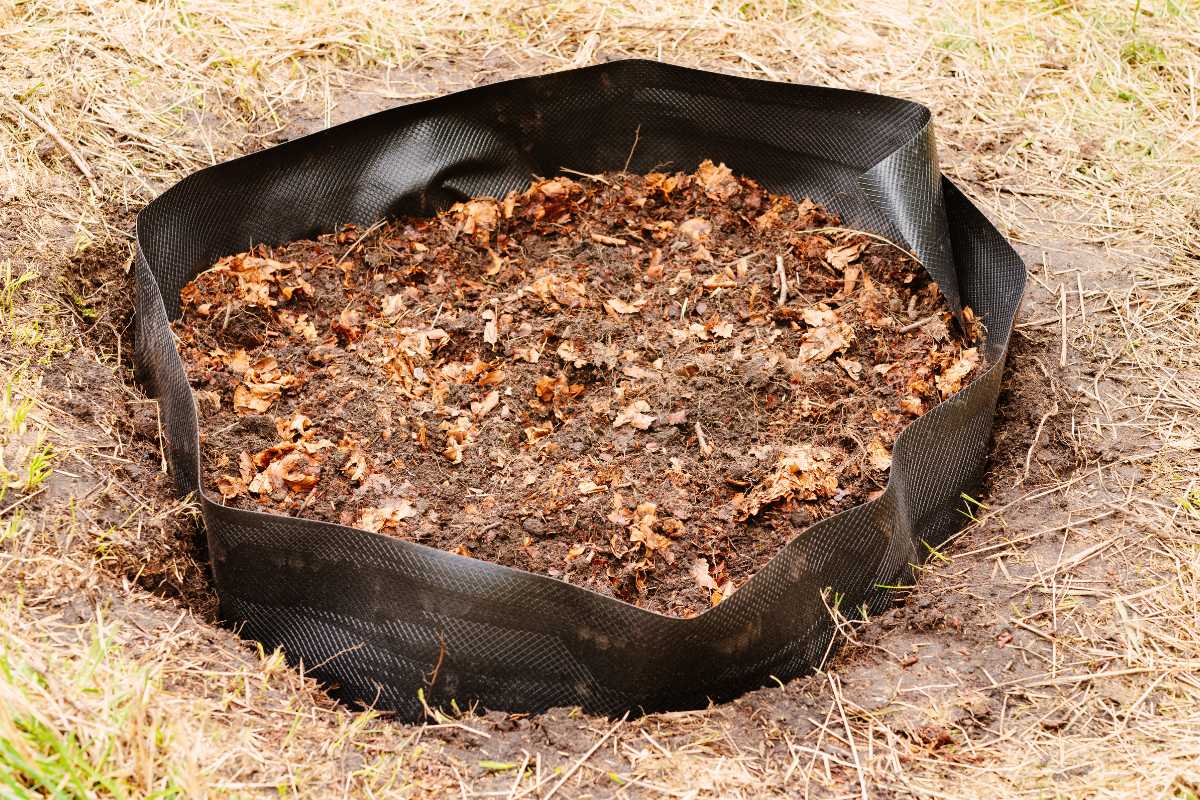
Leaf mold contains nitrogen, calcium, and other important nutrients.
Well rotted leaf mold (that is more than two years old) can be added to a potting mix, but leaf mold that is less than two years old should be used as a mulch. If you’re using it as a mulch, it is better used for outdoor plants, rather than indoor.
If you use leaf mold, bear in mind that people can be allergic to it. Symptoms include sneezing, runny nose, and congestion.
4. Fish Emulsion
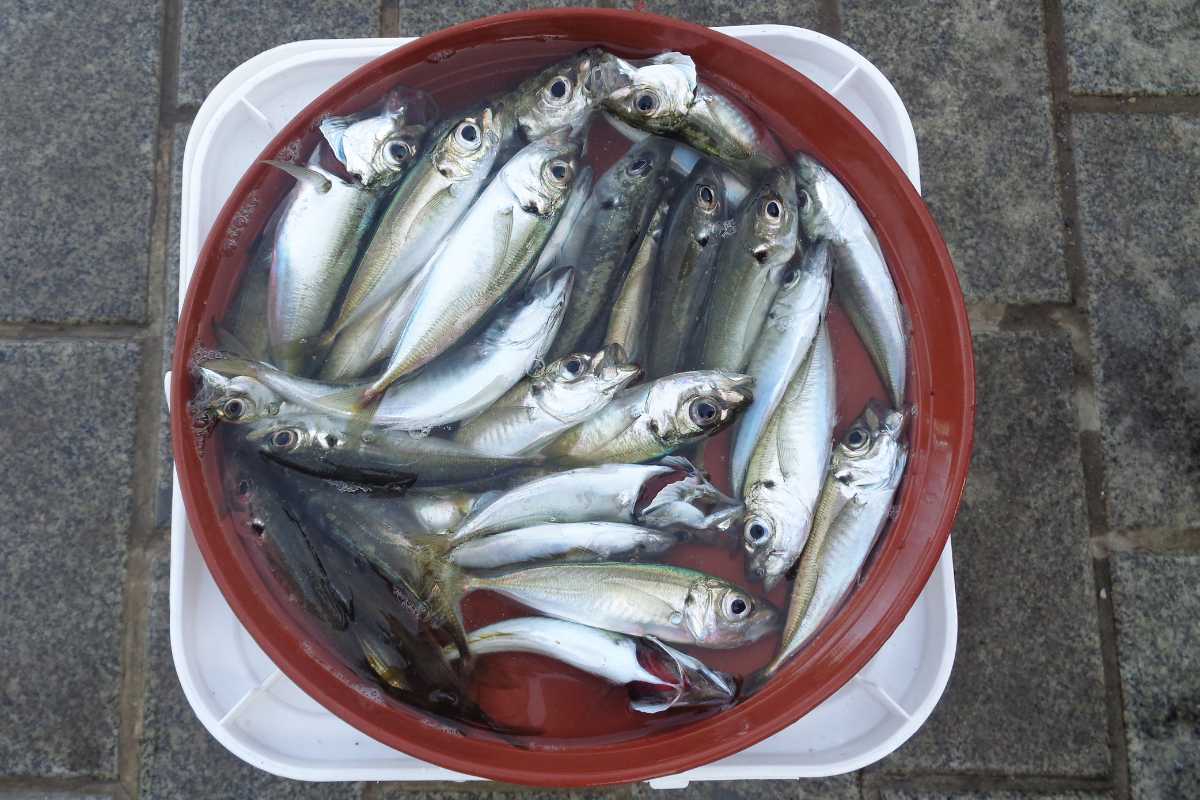
Fish emulsion contains nitrogen, potassium, phosphorus, sulphur, magnesium, and calcium. This range of nutrients make it an excellent fertilizer for your plants.
Fish emulsion fertilizer is made of the fluid remains of processed fish. It can have a strong fishy odor, that is less than ideal if you’re using it indoors, but you can find deodorized versions.
If you keep freshwater fish yourself, you can use the waste water from their tank to water your plants and add a range of nutrients.
5. Bone Meal
Bone meal contains lots of nitrogen and can release phosphorus into the soil for up to four months after application. Put bone meal just under the soil when applying it to your potted plants.
6. Blood Meal
Blood meal will help the nutrients in your soil break down quicker, so it’s a great additive to use alongside another fertilizer. Mix it with bone meal to enhance the effectiveness of the bone meal.
7. Banana Skins (Banana Peels)
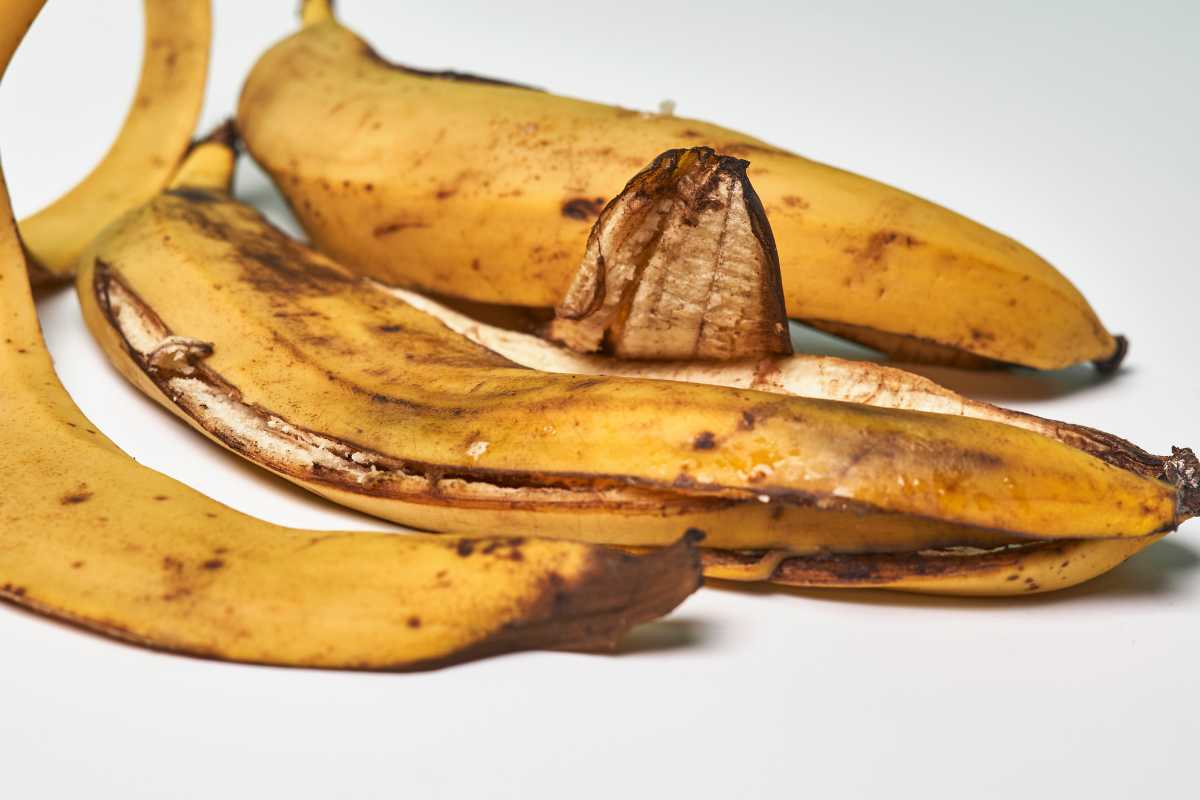
Banana skins are full of potassium, so don’t throw them away if you have potted plants!
Soak the peels in water to give your plants a liquid potassium boost.
You can also use the skins to dust your plants. Simply wipe the inside of the peel over your plant’s leaves to make them shiny and help your plant absorb more carbon dioxide.
8. Eggshells
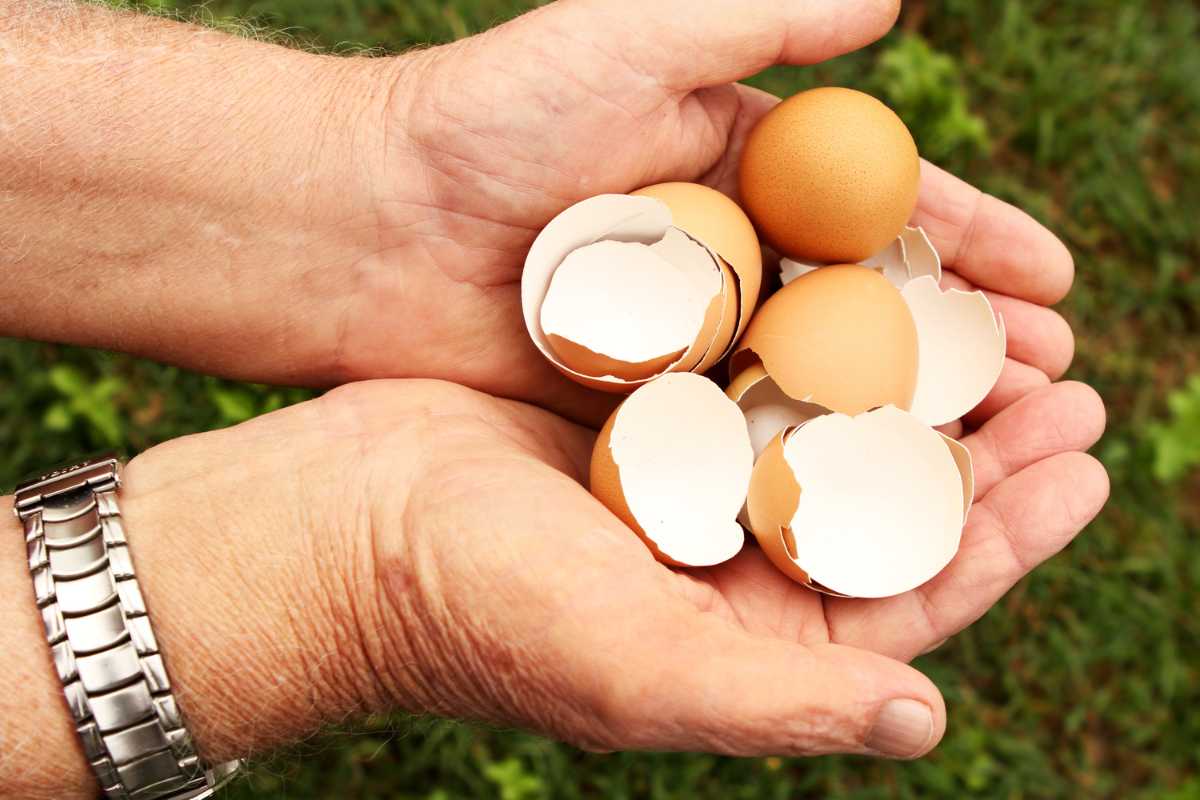
Eggshells contain lots of calcium. This is especially good if your vegetables are suffering from blossom end rot.
Simply break up some shells and either add them to water and leave to soak, or sprinkle them on the soil.
Eggshells can also help aerate the soil if you add them in your potting mix.
9. Vegetable Water
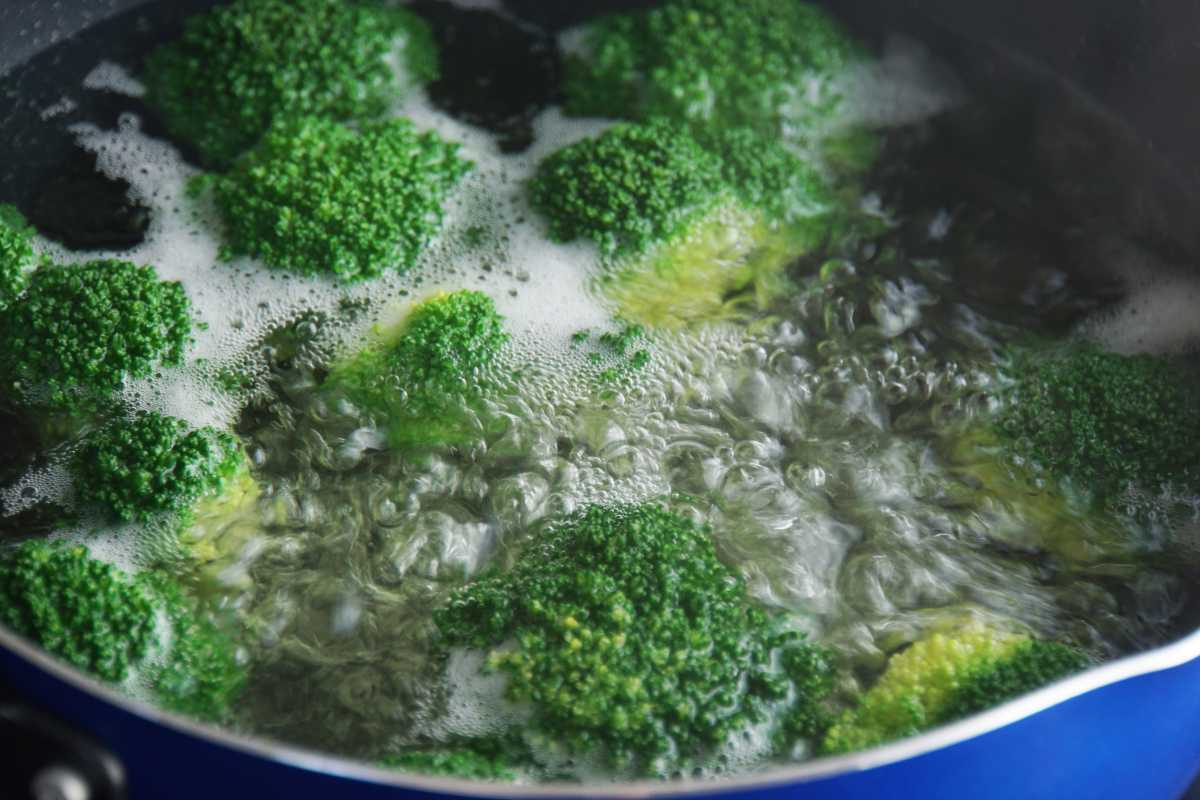
The water that you boil your vegetables in can be chock-full of beneficial nutrients, so don’t pour it away! If you’re not using it for yourself, allow it to cool before feeding it to your plants.
10. Epsom Salts
Epsom salts contain magnesium and sulfate, which will help your houseplants thrive. Dissolve a teaspoon of Epsom salt in a liter of water to make a liquid fertilizer.
You should use this sparingly, however, as if you add it to soil that already contains sufficient amounts of magnesium, it can affect the plant’s calcium intake.
Epsom salts can also increase the toxicity of the soil if used too much.
Best Potting Soil For Houseplants Final Thoughts
In the end, the best potting for your indoor plants will depend on what plants you have and their needs.
The Miracle-Gro Indoor Potting Mix is one of the best all-purpose potting mixes that you can use if you have a wider variety of plants.
Use additional soil amendments on top of an all-purpose type of soil mix if you need anything specific for plant health.
Here are more articles to learn more about potting soil:
Best Potting Soil for Indoor Plants FAQs
Can you use outdoor potting soil for indoor plants?
Yes, you can use outdoor potting soil (not outdoor garden soil) to grow indoor plants. Indoor and outdoor potting soil mixes are basically the same, and they both contain nutrients to aid in plant growth. The differences in ingredients will be for the different types of plants that they are being used for.
What is the difference between potting soil and a potting mix?
The key difference between potting soil and potting mix is potting mix doesn’t contain any soil and is lighter weight. A potting mix is a mixture of peat moss, vermiculite, perlite, and other materials used for growing plants. Potting soil is a mixture of organic matter such as compost, peat moss, sand, and clay. Both types of soil are used to grow plants indoors.
Can you use garden soil for indoor plants?
Yes, you can use garden soil for indoor plant pots. If you want to grow herbs indoors, then you should use potting soil. The main difference between potting soil and garden soil is that potting soil has nutrients added to it. Garden soil is usually organic and contains no additives naturally. However, be careful using garden soil because there may be chemicals present from fertilizers applied outdoors. Garden soil is also more susceptible to pest infestations.
What’s the difference between indoor and outdoor potting soil?
The main difference between them is that indoor potting soil has additives that help prevent mold from forming, while outdoor potting soil contains additives that help prevent weed seeds from germinating. Indoor potting soil is designed for growing plants indoors. Outdoor potting soil is designed to be used outside. Both types of potting soil contain nutrients and water retention properties.
Why you shouldn’t use topsoil?
Topsoil is usually made from clay and sand, which means it has a lot of moisture. This makes it difficult for plants to grow in soil. If you want to plant a garden, you should use potting soil instead. The best soil for growing indoor plants is called potting soil.
Is it possible to revitalize and reuse a potting mix?
Yes! If you want to rejuvenate a potting mix, the first step is to remove the potting mix and clean it with water. Then, add fresh potting mix at a ratio of 50% new and 50% old. Add nutrients and other ingredients based on what type of potting mix you need for your plants.
Can I use 100% organic material to grow super-healthy plants?
Yes, you can use 100% organic material for growing super-healthy plants. Organic materials contain no pesticides, herbicides, fungicides, or other chemicals. The soil also needs to be rich in nutrients such as nitrogen, phosphorus, potassium, magnesium, and calcium. Research what your specific plants need and look to add the nutrients it needs.
What to look for in potting soil for indoor plants?
The best potting soils are made from peat moss, vermiculite, perlite, composted pine bark, and other organic materials. Potting soil should be light, fluffy, and free from clumps. It should also contain nutrients such as nitrogen, phosphorus, potassium, calcium, magnesium, iron, zinc, copper, manganese, and sulfur, depending on your plants. They should be well-draining and have a pH level for your specific houseplants.










